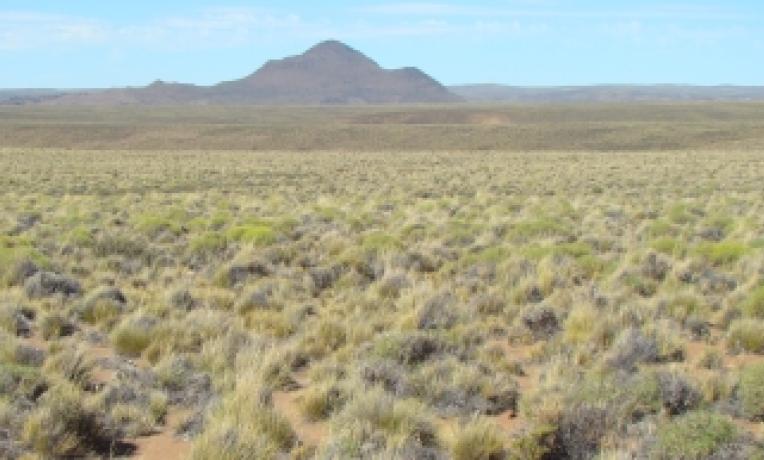Minimizing the effects of climate change on drylands
Both tropical forests and areas with extensive forest coverage are fundamental in tackling the effects of climate change on Earth.
However, the environmental importance of arid, semi-arid and dry-subhumid ecosystems – also referred to as drylands - is less well known. Drylands cover about 40% of the Earth's land surface and support 38% of human population. With his BIOCOM project Dr Fernando T. Maestre, a 2009 ERC Starting grantee from the Universidad Rey Juan Carlos (Spain), investigates the role of biodiversity in enhancing the ability of drylands to maintain essential functions. Some of these functions have the capacity to combat the consequences of climate change and desertification in drylands worldwide.

Climate change has been the subject of many scientific studies, but Prof. Maestre and his team have chosen a rather unusual approach to their study. Instead of focusing on the impact of environmental change on the evolution of ecosystems in terms of biodiversity, their starting point is the study of the inherent species in drylands, including their spatial distribution.
These spatial patterns may have an important influence on the functional processes of the ecosystem, such as nutrient cycling and water infiltration in soils or the regulation of CO2 exchanges with the atmosphere. Laboratory experiments have suggested that biodiversity allowed drylands to maintain these multiple functions simultaneously, with positive follow-up effects, such as a better control of soil erosion. With his ERC grant, Prof. Maestre has, for the first time, provided empirical evidence of the relationship between the ecosystem’s community attributes and its functional processes at the global level.
His team surveyed 224 dryland areas in 17 countries across all continents except Antarctica. Their results show that plant species’ diversity may contribute to maintaining the multi-functionality of drylands. On the other hand, increased aridity will reduce carbon and nitrogen in the soil, and raise phosphorus levels. Plants, however, need these elements in the right balance. If temperatures rise, as currently predicted, drylands’ essential soil processes could be affected, and their productivity reduced.
By studying different biotic communities and combining multiple modelling schemes, Prof. Maestre hopes to generalize the results. His objective is to establish concrete mitigation actions to contain the negative effects of global warming on drylands, including loss of soil fertility and desertification.


